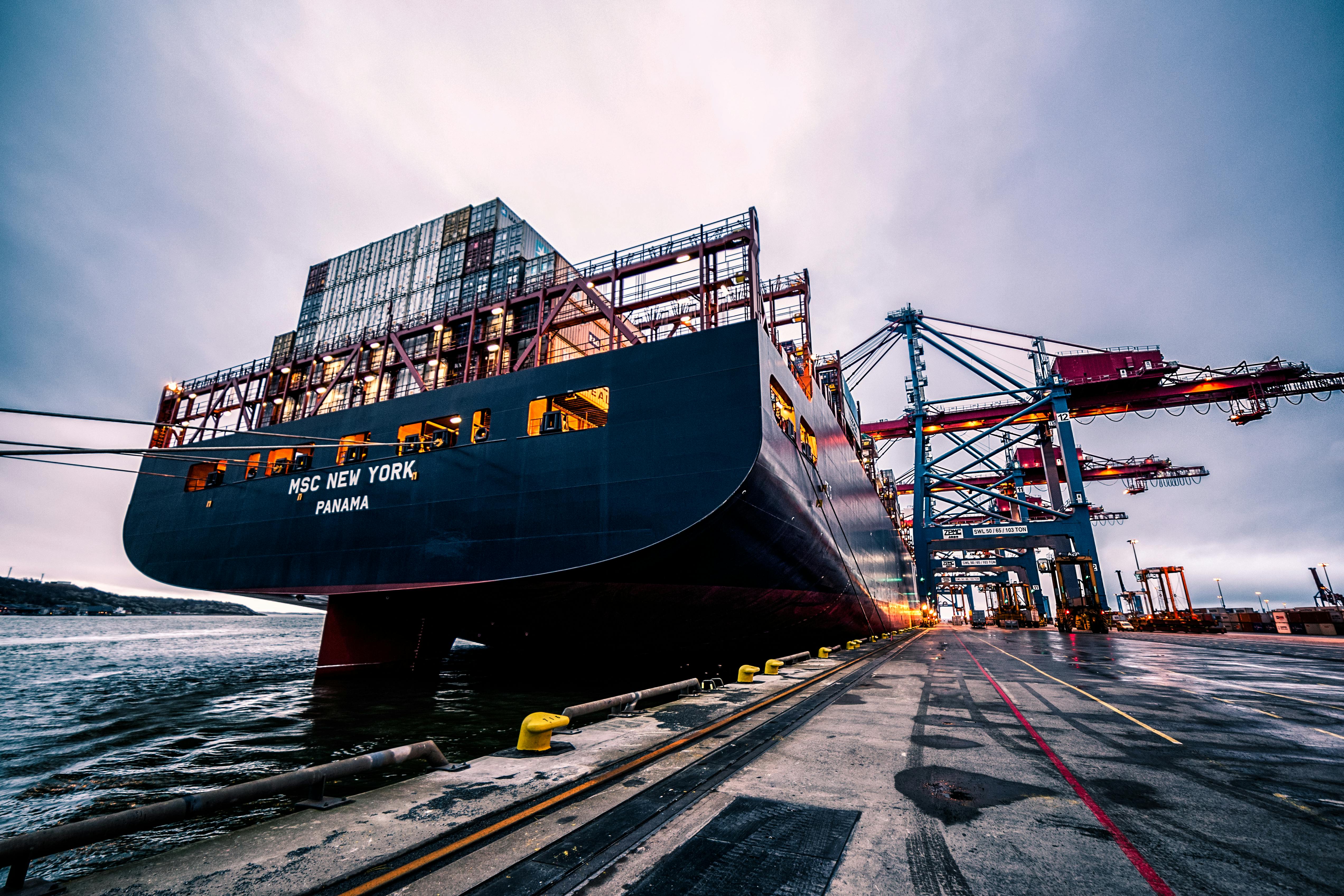November 17, 2024
Inside the Mind of the VP of Supply Chain
The VP of Supply Chain is critical in any organization, overseeing the flow of goods, services, and information from raw materials to end customers. It's a complex job with a wide-ranging set of responsibilities. Historically, VPs of Supply Chain have grappled with challenges like managing inventory levels, optimizing logistics, and mitigating risk. But in today's fast-paced, globalized business environment, the role is evolving and becoming even more complex.
Historical Challenges
In the past, supply chain management was often focused on efficiency and cost reduction. VPs of the Supply Chain worked to streamline processes, reduce waste, and negotiate better deals with suppliers. They used tools like just-in-time inventory management and lean manufacturing to minimize costs and maximize output. An MIT Sloan School of Management study found that companies with lean supply chains were more susceptible to stockouts and lost sales due to disruptions.
Emerging Challenges
Today, VPs of Supply Chain face a new set of challenges. Globalization has made supply chains longer and more complex, with more opportunities for disruptions. At the same time, customers are demanding faster, more flexible service. In a survey by Geodis, 97% of supply chain executives said they need to invest in new technologies to meet evolving customer expectations.
One of the most significant emerging challenges is the rise of e-commerce. As more and more sales move online, supply chains need to be able to handle direct-to-consumer shipments efficiently. This requires new capabilities and infrastructure, from warehouses closer to population centers to systems for handling high volumes of small orders.
Another major challenge is sustainability. Consumers increasingly demand that companies reduce their environmental impact, which extends to supply chains. A study by the University of Gothenburg found that 83% of consumers believe companies should do more to reduce their environmental impact.
The Role of Technology
To meet these emerging challenges, Supply Chain executives are turning to technology. From artificial intelligence and machine learning to blockchain and the Internet of Things (IoT), a wide range of new technologies are available to help manage supply chains more effectively.
AI and machine learning can analyze data and make predictions about demand, allowing companies to manage their supply chains proactively. In a McKinsey survey, 71% of supply chain executives said they believe AI will be a core technology within five years.
Blockchain can increase transparency and traceability in supply chains. By creating an immutable record of transactions, blockchain can help companies track goods as they move through the supply chain, reducing the risk of counterfeiting and improving food safety.
The IoT can collect data in real time, providing greater visibility into supply chain operations. Sensors and RFID tags can be used to track shipments, monitor inventory levels, and detect potential issues before they become major problems.
The Future of Supply Chain Management
As supply chains evolve, the VP of Supply Chain will become even more critical. They will need to be able to navigate complex global networks, meet evolving customer demands, and reduce environmental impact. They must use new technologies to gain insights and drive action.
In a survey by Gartner, 65% of supply chain executives said they believe the role of the supply chain leader will be more strategic in the future. They will need to be able to work closely with other functions, from product development to marketing and sales, to create integrated business plans.
At the same time, supply chain leaders will need to manage risk and respond to disruptions. Whether it's a natural disaster, a supplier bankruptcy, or a global pandemic, they will need to adapt quickly and find new ways to get products to customers.
Conclusion
The role of the VP of Supply Chain is complex and challenging. It requires a deep understanding of business operations, a keen eye for risk, and an ability to adapt to changing circumstances. As supply chains continue to evolve, the skills and knowledge required for this role will only grow.
By embracing new technologies and strategies, VPs of Supply Chain can help their organizations navigate future challenges and achieve success in an increasingly complex and competitive business environment.
BLOG & NEWS




